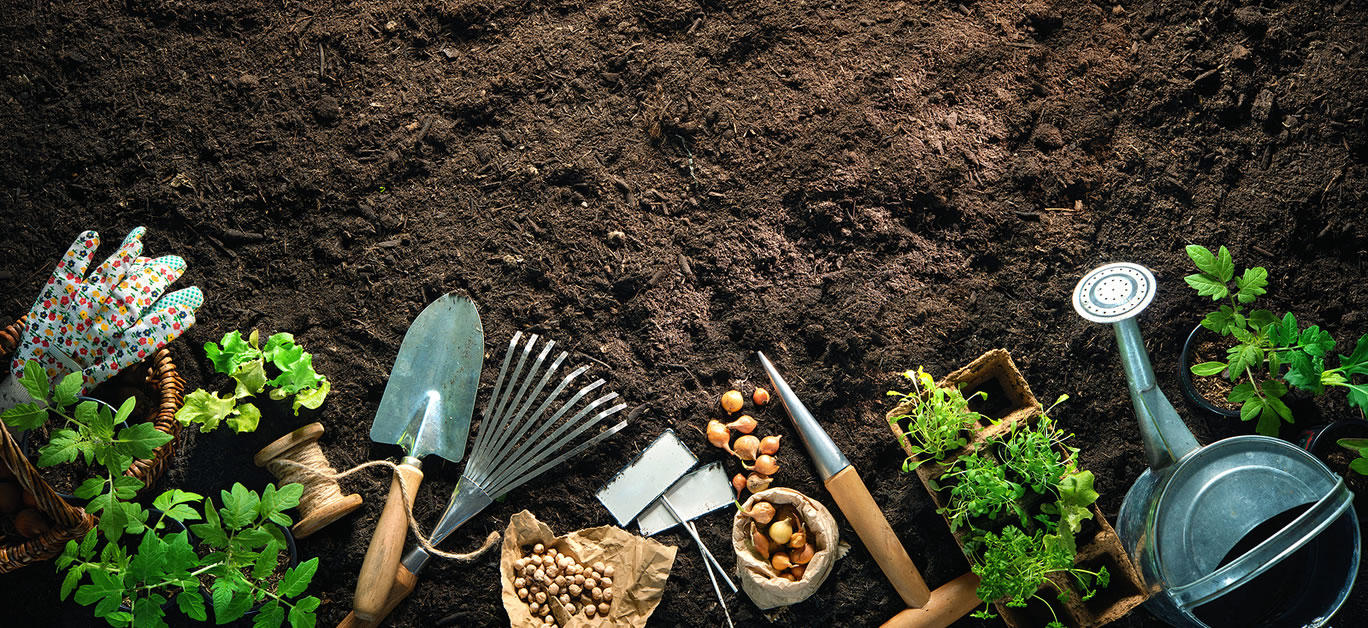There’s no denying that we live in challenging times, with the current Covid-19 pandemic proving trying for many people and highlighting a range of different issues when it comes to the typical way of life today.
Add to that the growing concern around climate change and the destruction of nature that comes with constant development and construction. It’s not surprising that many people think twice about their choices – with trends towards plant-based eating, supporting wildlife and reducing our carbon footprints ever gathering momentum.
Self-sufficiency
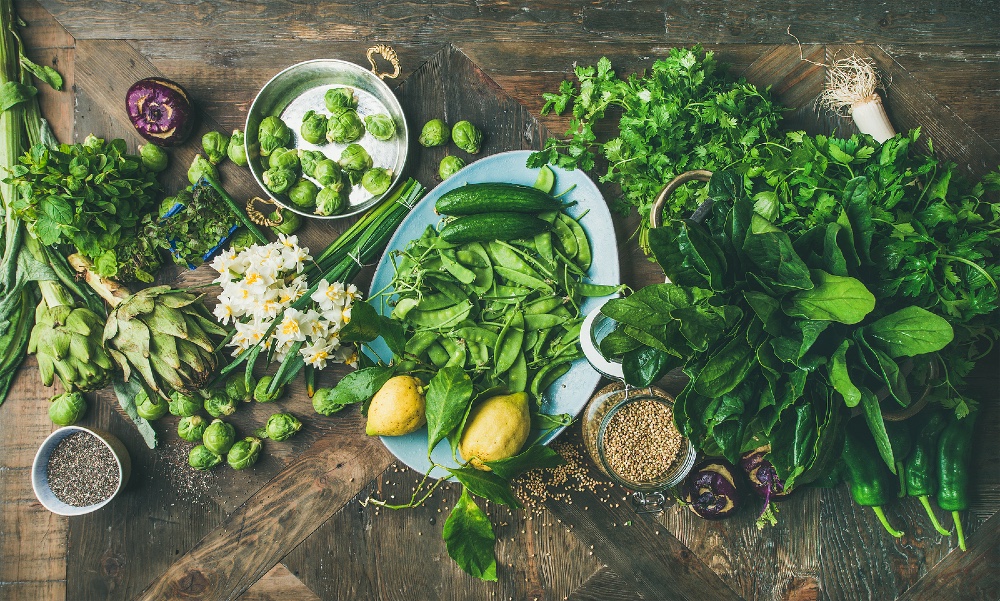
Veganism is one of the fastest-growing lifestyle movements in the world today, with a massive 360 per cent increase in those moving towards plant-based eating over the past decade. But it’s not the only thing that’s driving the trend towards growing your fresh produce and becoming more self-sufficient all-round, with a desire to lessen our carbon footprints – and therefore, the mileage of our food – also a key factor.
Early on in the Covid-19 pandemic and following on from the finalisation of Brexit, concerns around supplies and panic buying have inspired many to start planting the necessities in their gardens at home – but aside from herb gardens and fruit and vegetable patches, some have gone one step further.
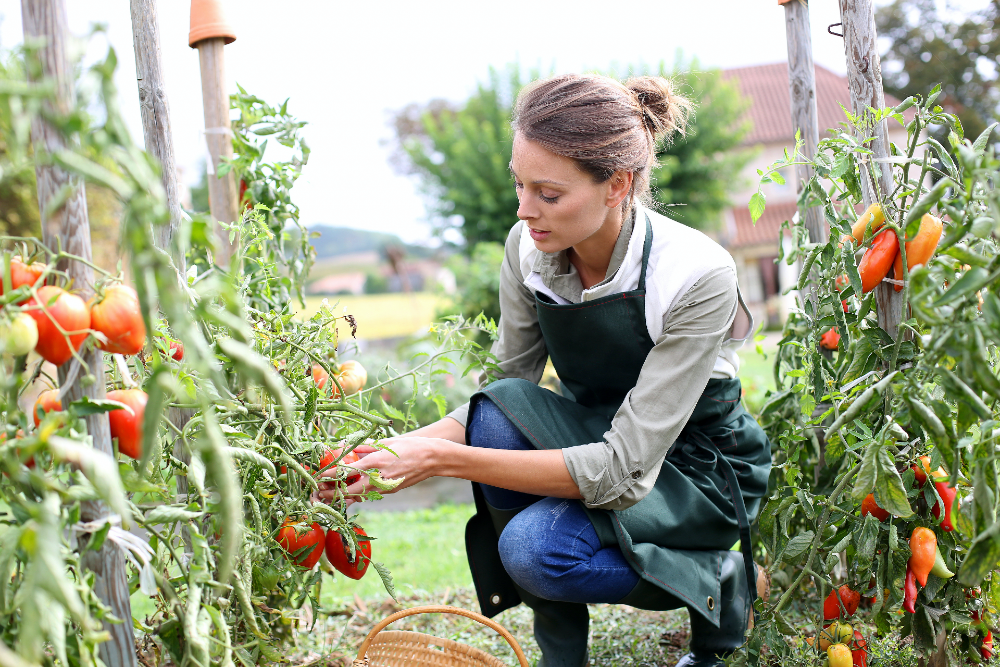
A spokesperson at My Chicken Coop says that people are looking for other ways to become self-sufficient, too – and since not everyone is vegan, that often extends beyond just growing their produce. A growing number of people are now keeping chickens in their gardens as a source of eggs, while those with land are even opting to keep cows and goats for milk. Even those who aren’t plant-based are showing an increasing interest in where their food comes from, and the constant stream of health and animal welfare documentaries that have emerged on TV streaming services in recent years has led to a growing awareness of these issues.
If you’re new to the idea of self-sufficiency, then you might be wondering where to start, and the good news is that there are a plethora of easy-to-grow vegetables, salads and herbs that will fare well in even the smallest of spaces. Wall planters and patio containers offer enough space to start growing a few items. It’s essential to find the right area in your garden to cultivate your chosen crops for best results – so look for areas that enjoy a good amount of sunlight throughout the day and utilise raised beds if you have room to do so.
Climate change gardening
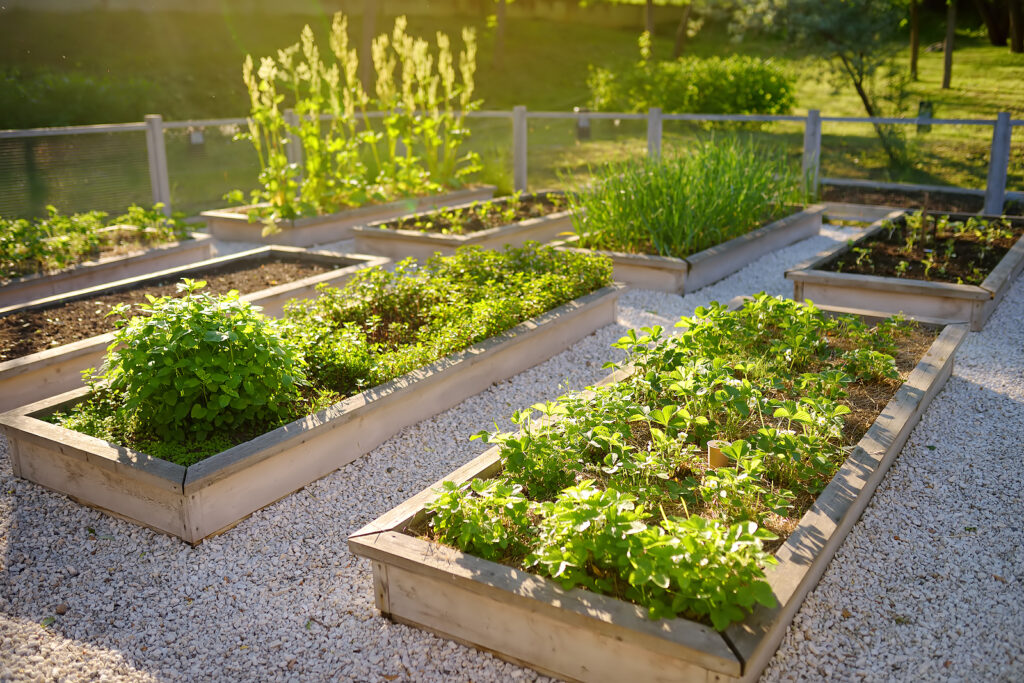
Gardening for a changing climate is a relatively new trend, but one that there has never been a better time to embrace – and we can expect to see it gaining a growing influence in the way we design our outdoor spaces over the coming year.
The climate change garden has a focus on ecology and is designed to withstand some of the extreme weather conditions we’ve been experiencing in the UK in recent years – and we’ll see a move towards planting shrubs and trees that are more robust and that can fend for themselves year-round, with planting schemes that are drought-resistant replacing those that rely on state-of-the-art irrigation systems.
Supporting wildlife
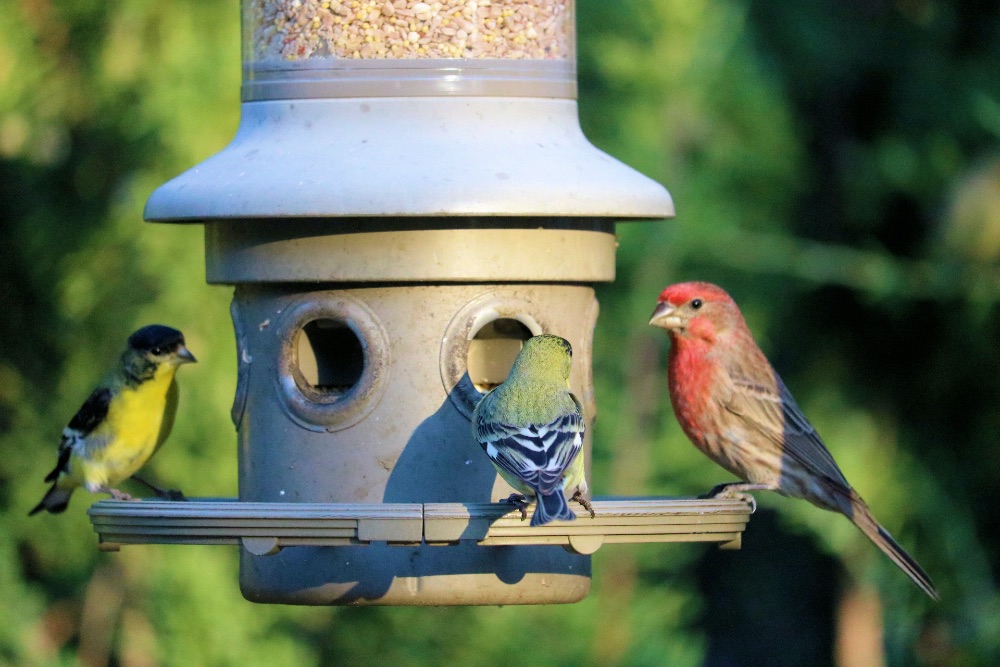
While minimalistic gardens have enjoyed their slice of the limelight over recent years, the latest trend is quite the opposite. As gardeners become increasingly aware of the simple changes they can make towards a more sustainable future, nearly 60 per cent now make a conscious effort to grow plants that support wildlife such as bees, butterflies, birds and flowers, like salvias.
Water features and bird feeders also make more of an appearance, with over 70 per cent of gardens looking to cater to the feathered friends that populate their gardens.
If you’re looking to start incorporating more wildlife-friendly features into your garden, then look for early-flowering, nectar-rich bulbs and perennials – as there is often a shortage of these early on in the year. Crocuses, Geraniums and the Helleborus Niger are all great picks that the birds and the bees will both thank you for.
The bottom line
When it comes to garden aesthetics, we’ll continue to see a range of chic and sophisticated trends emerging year after year. Still, there’s no denying that today’s gardener looks for more than just pretty flowers and sophisticated furnishings when it comes to designing their outdoor spaces.
Sustainability is now a key consideration amongst those looking to make the most of their gardens – not just for themselves, but for the good of our planet, too.












